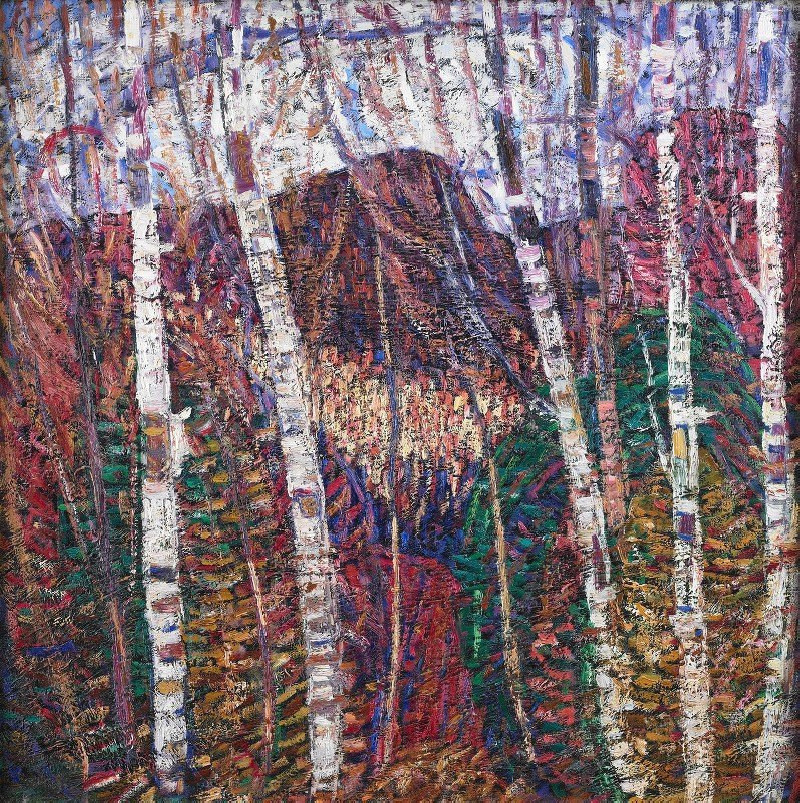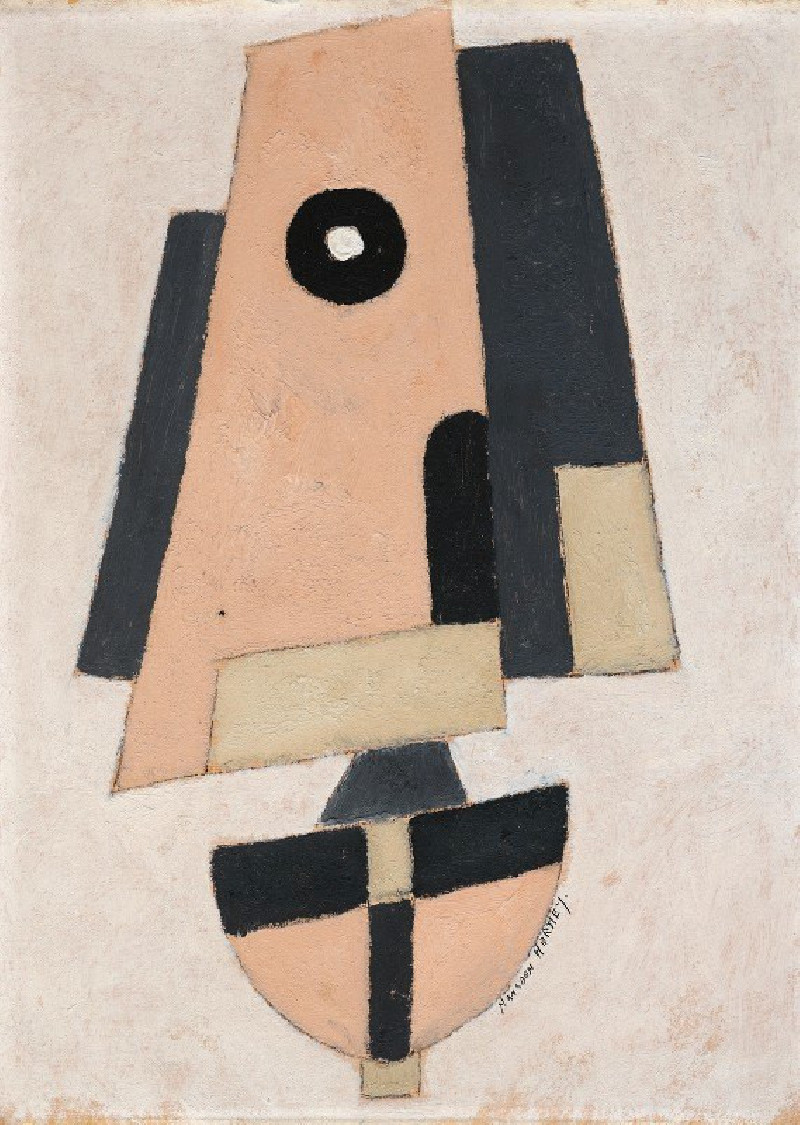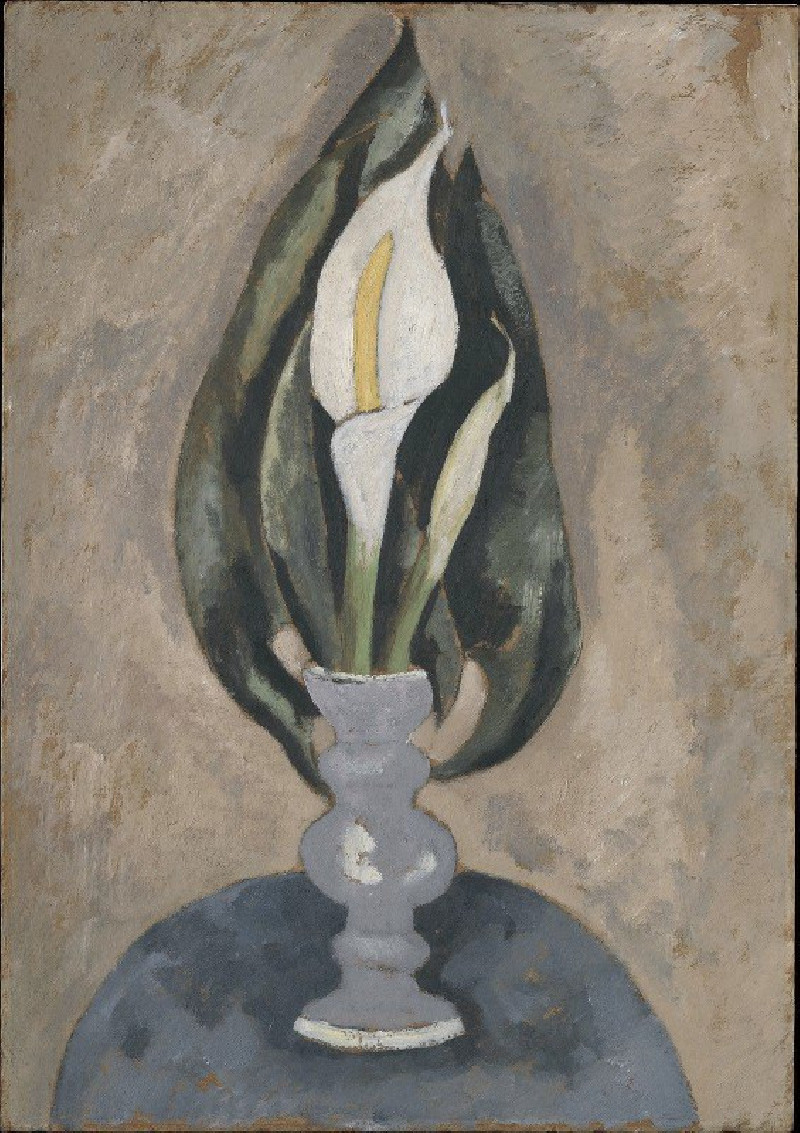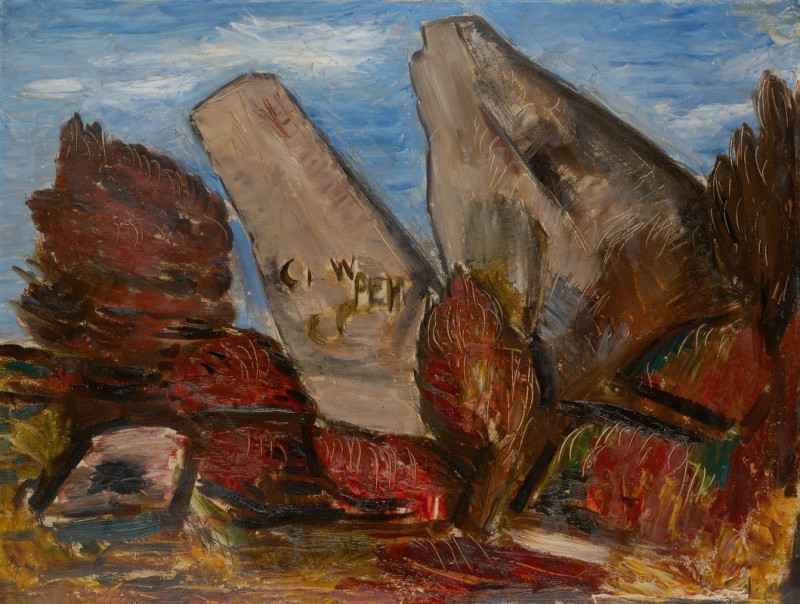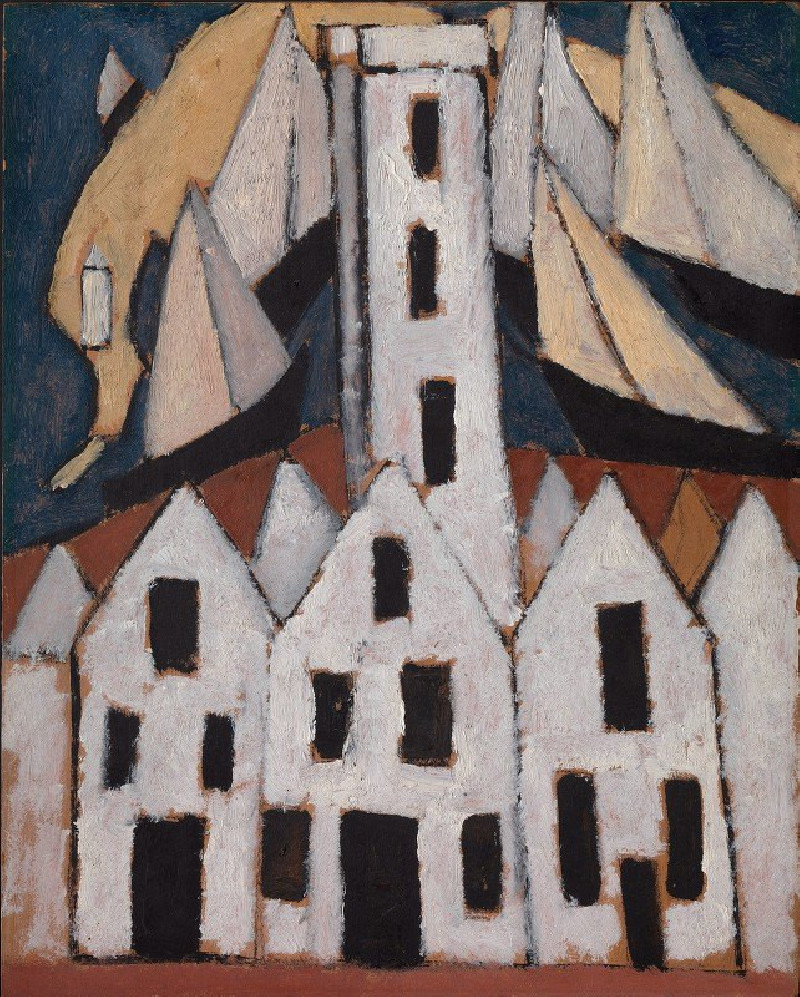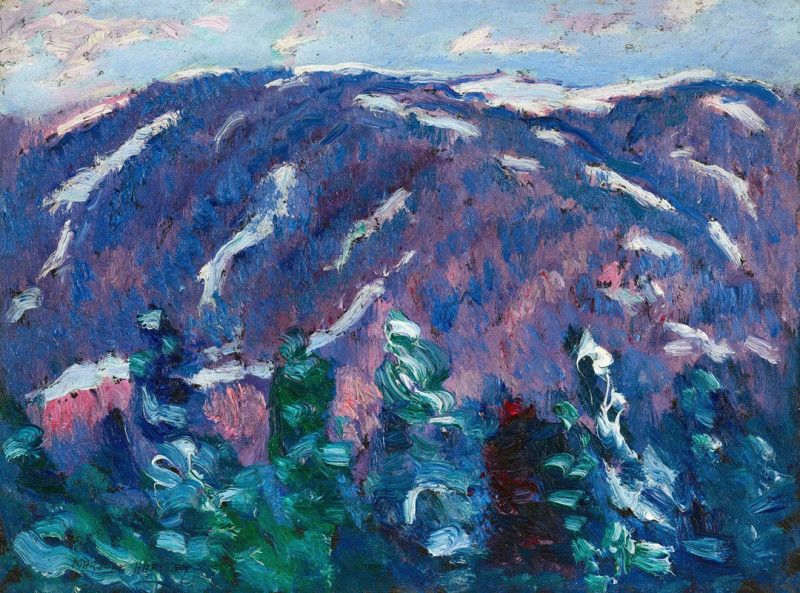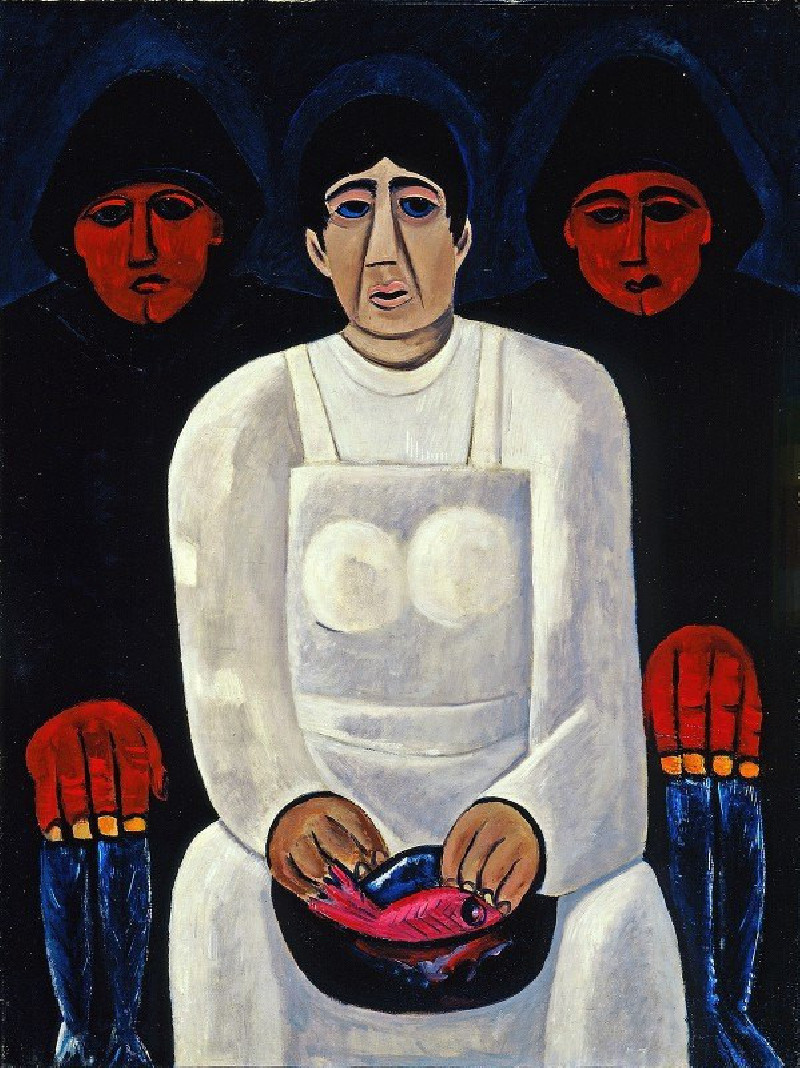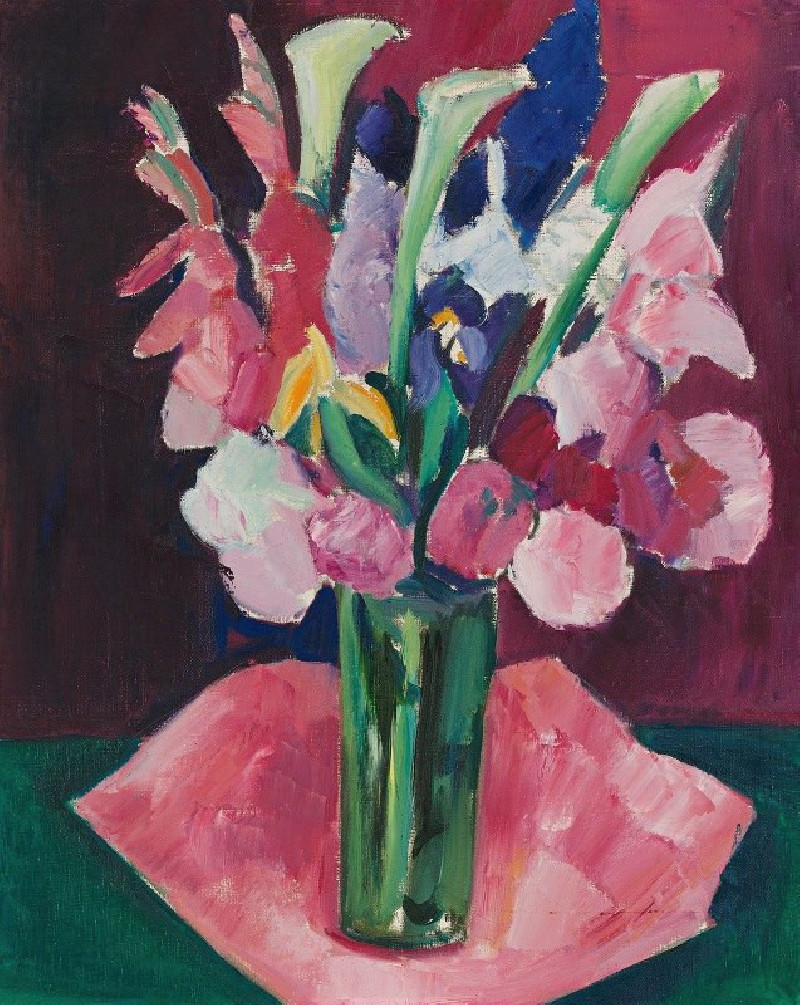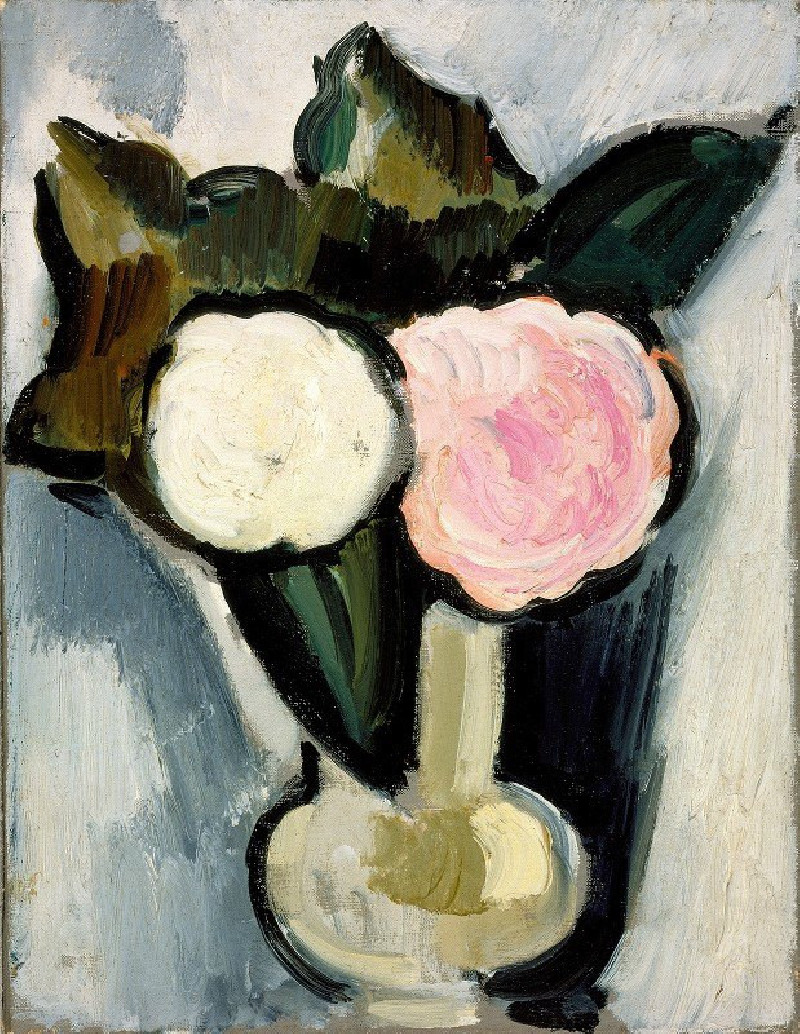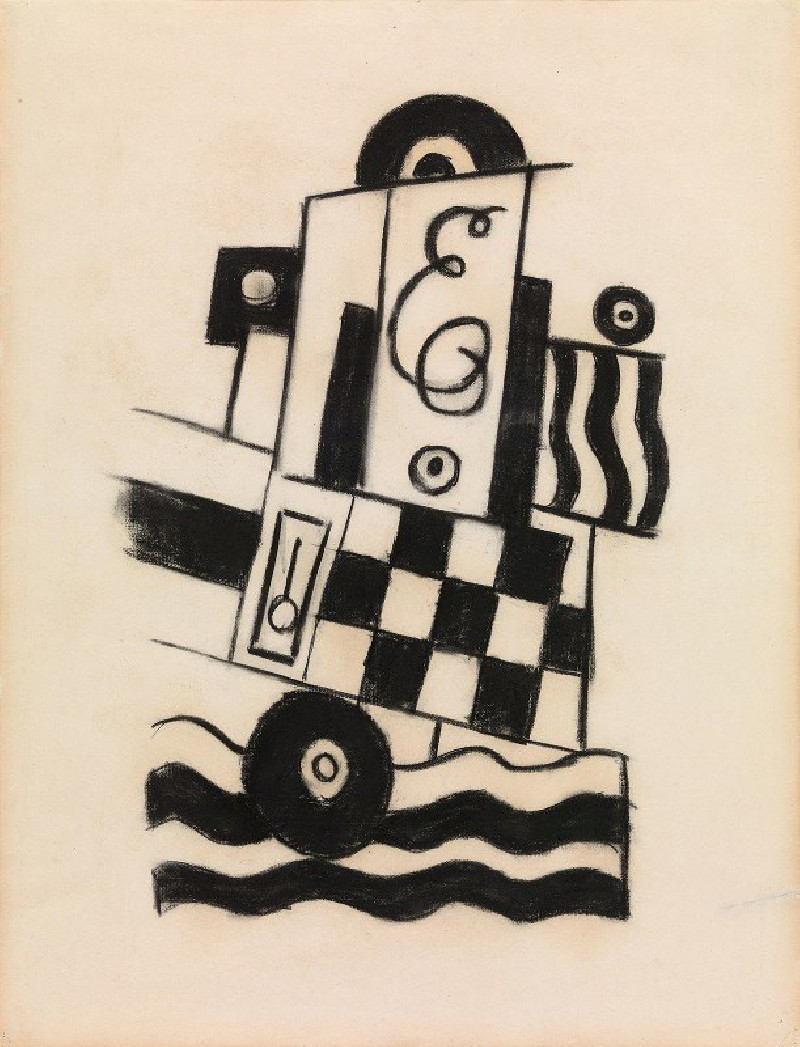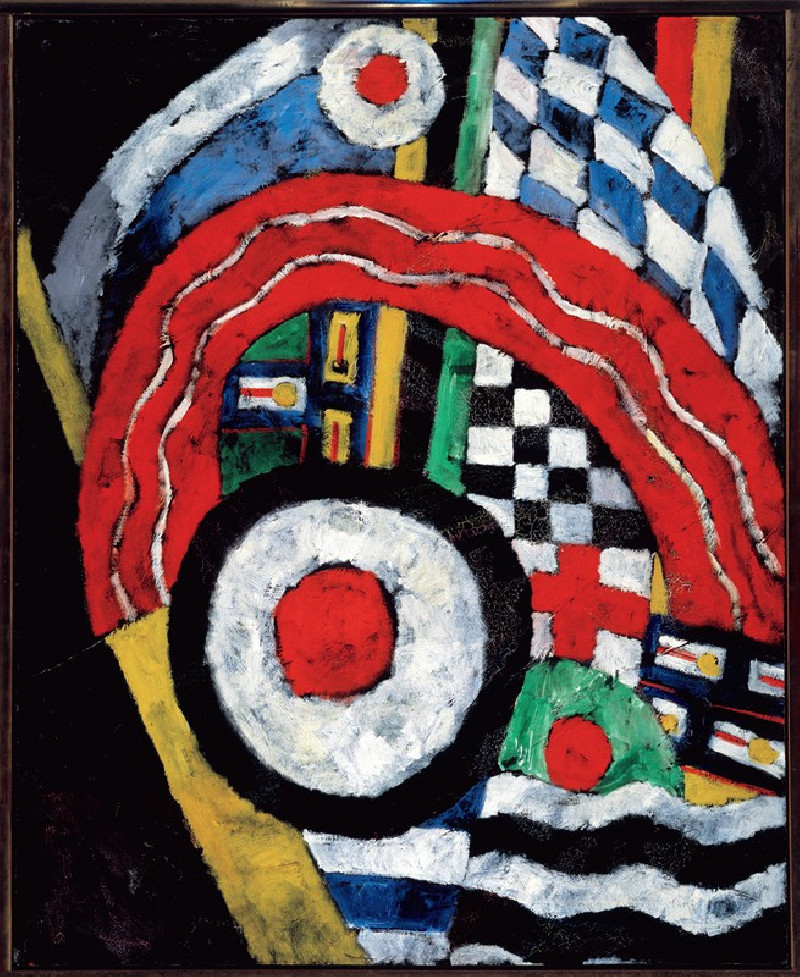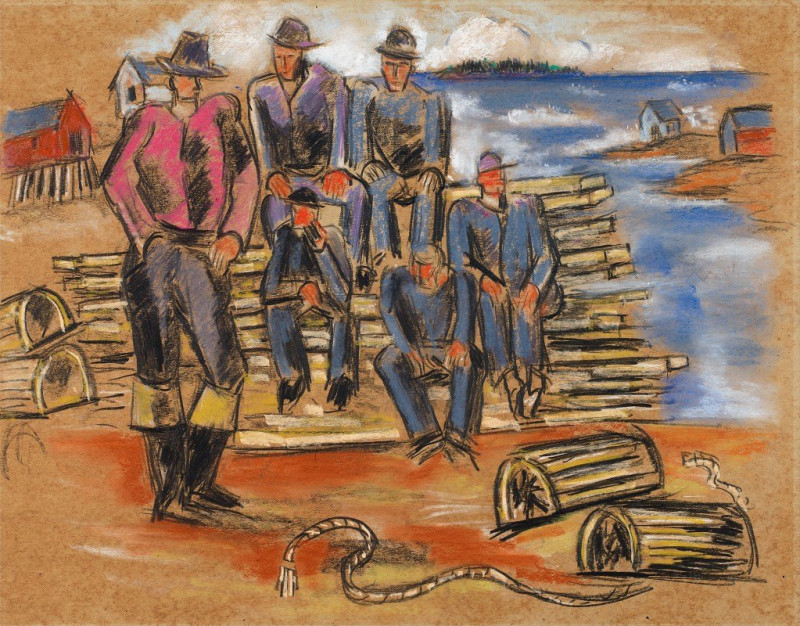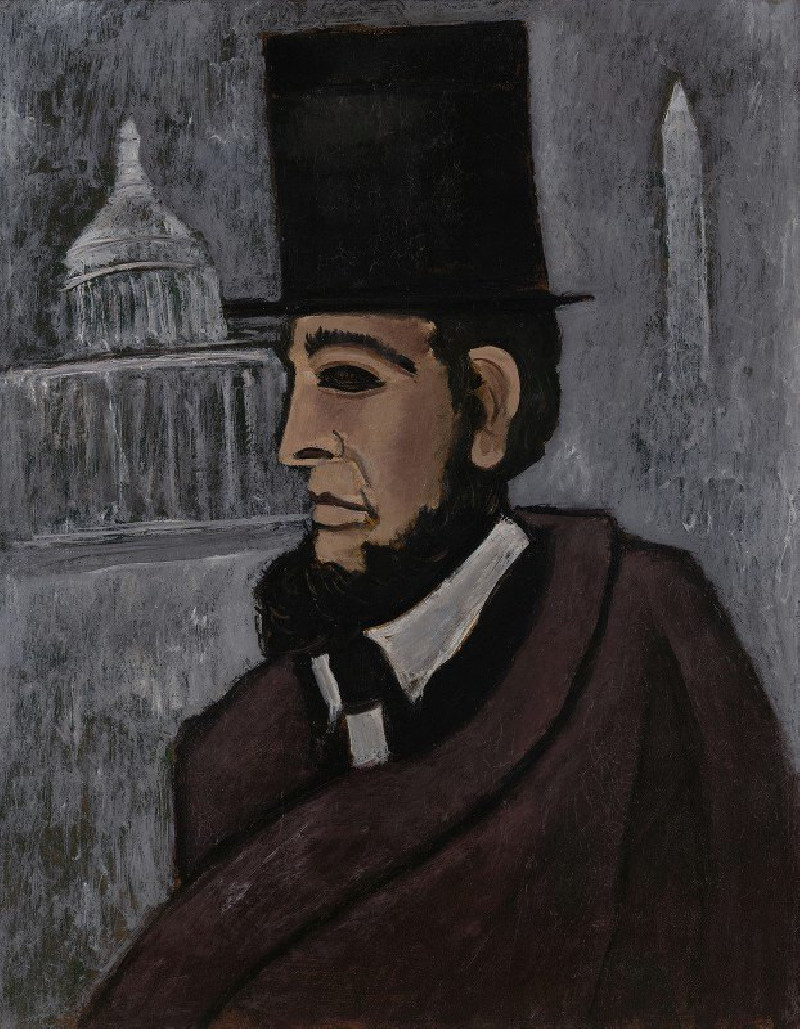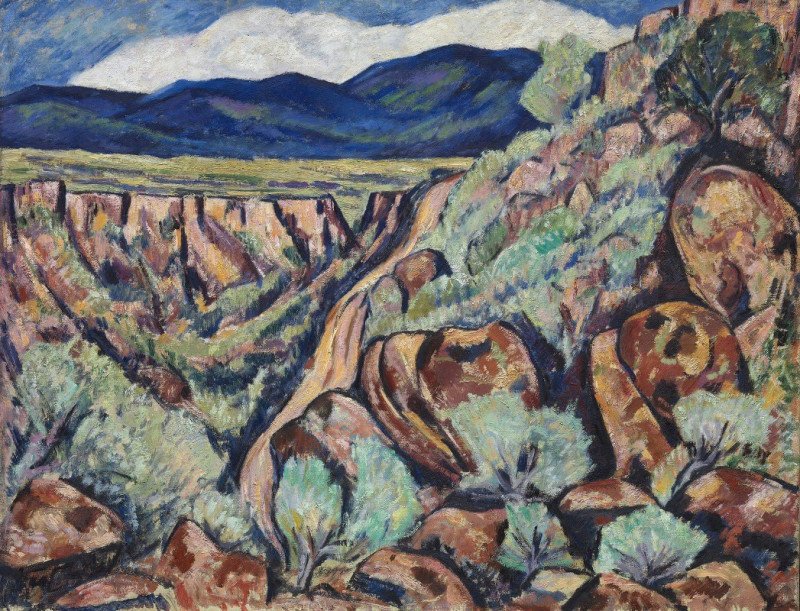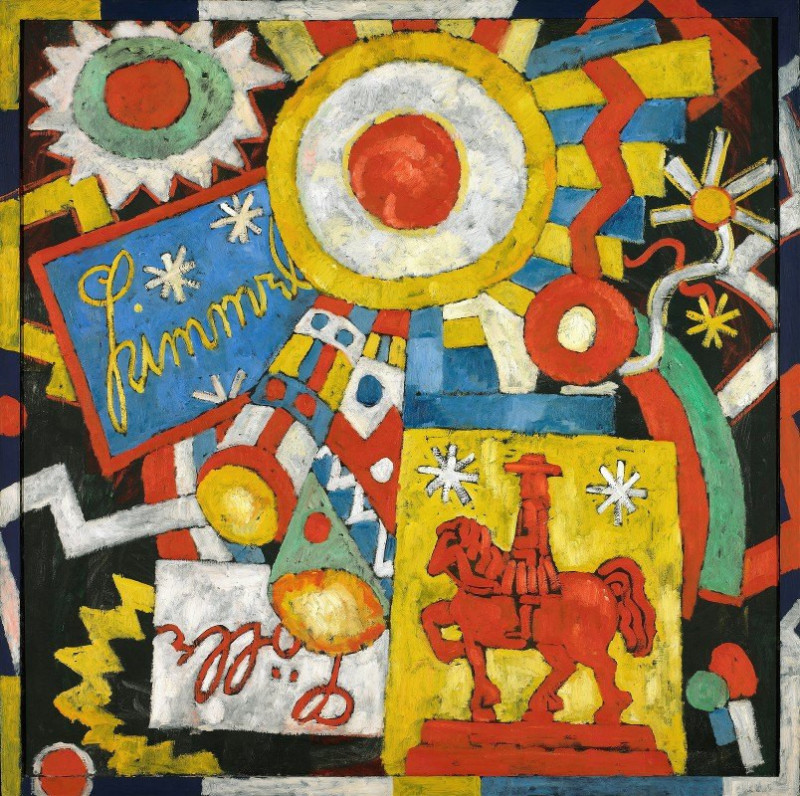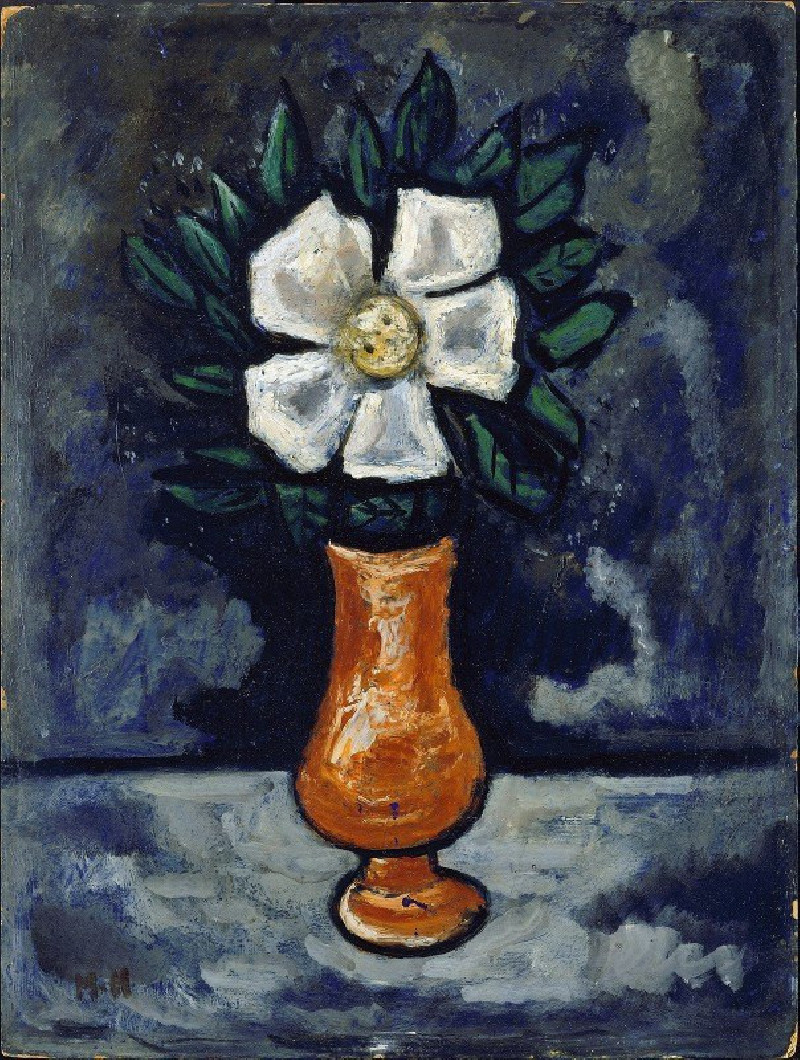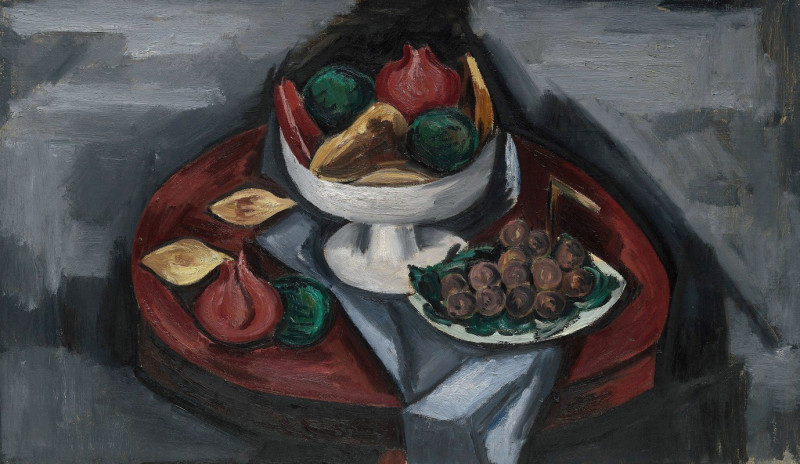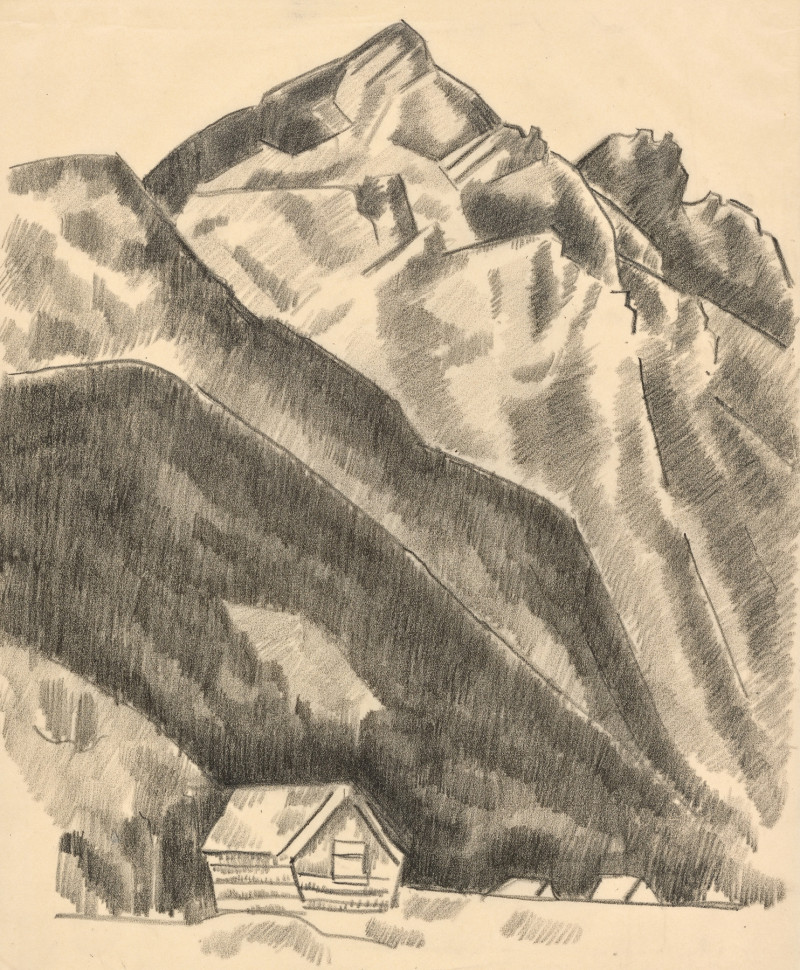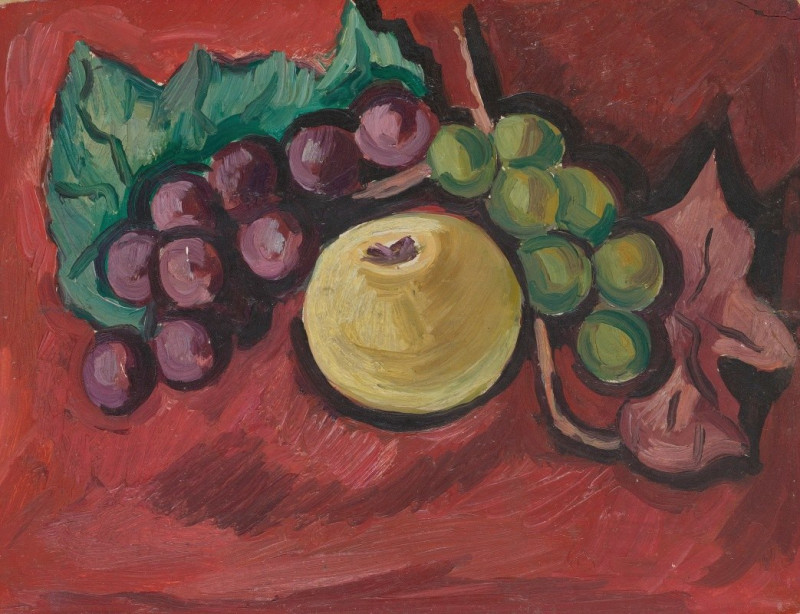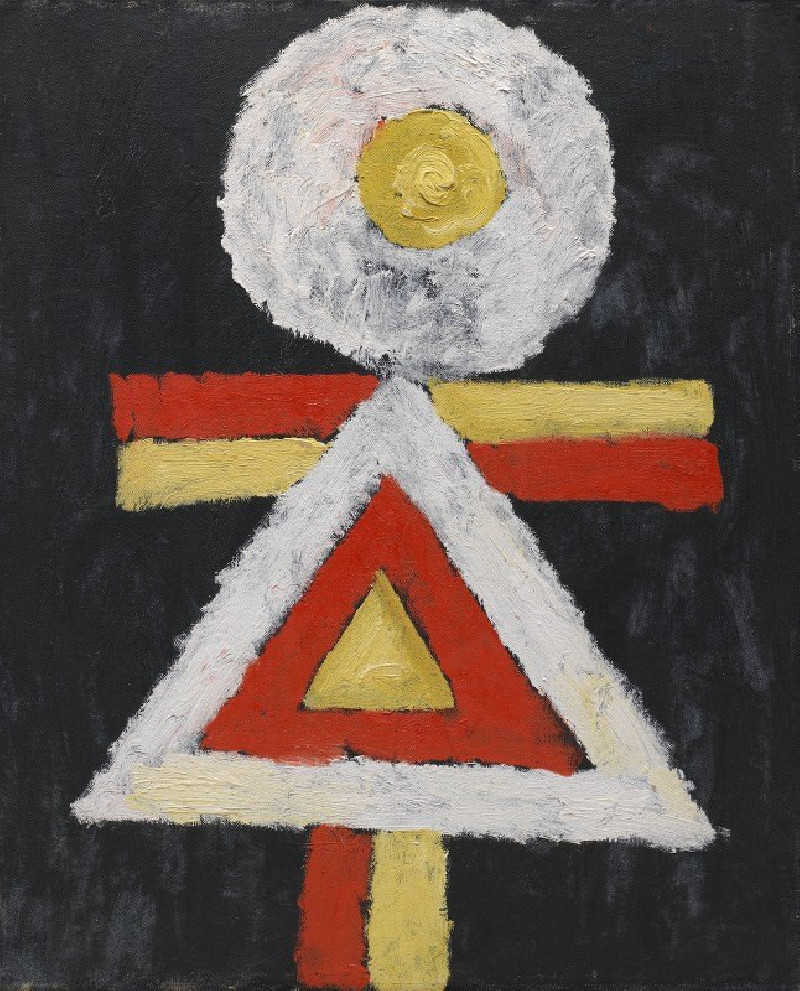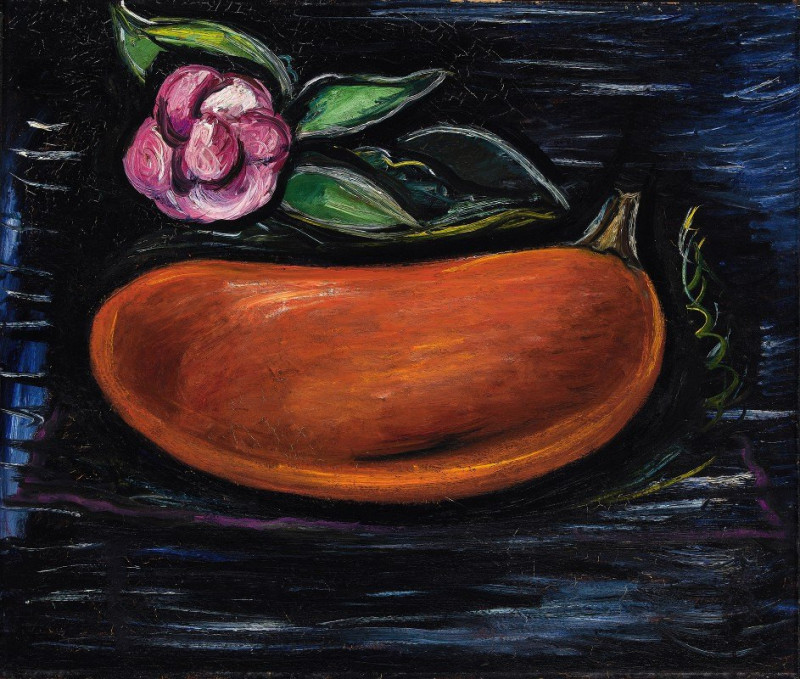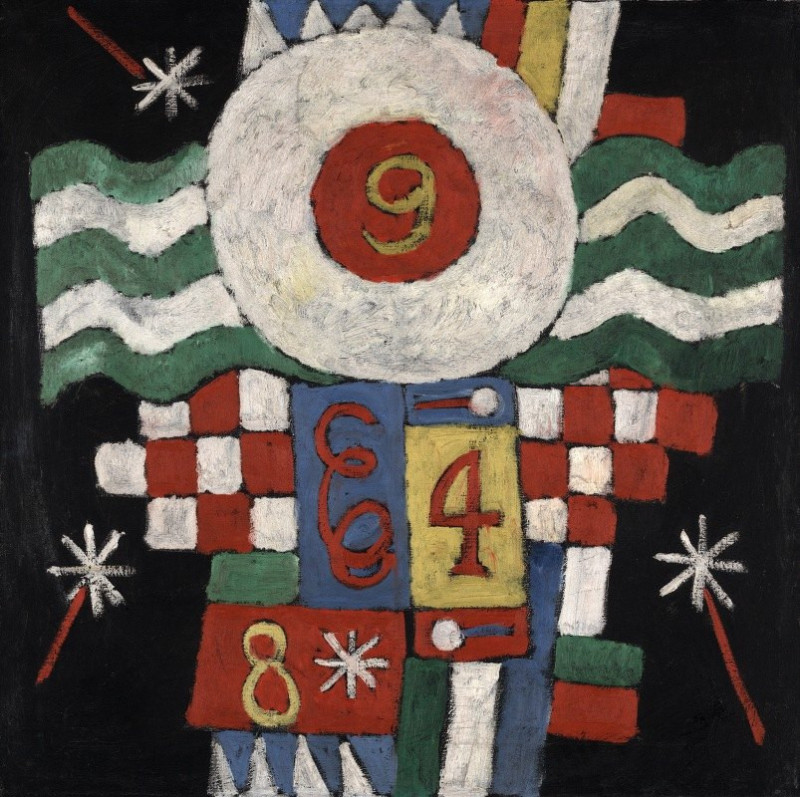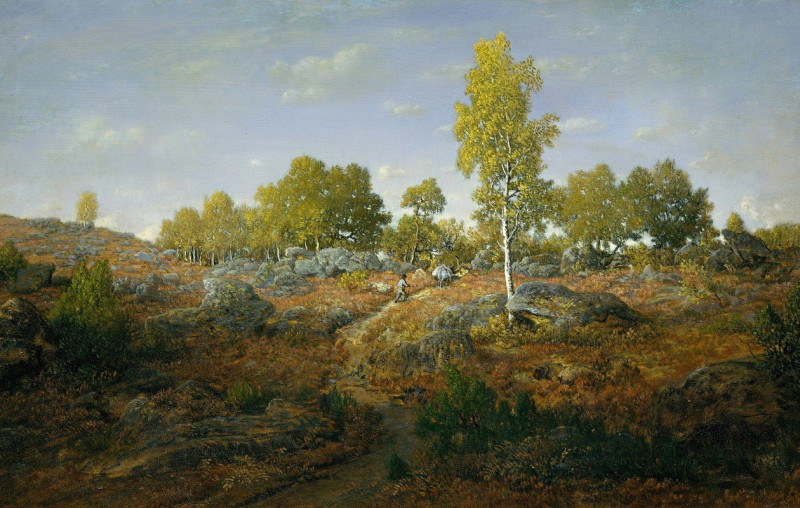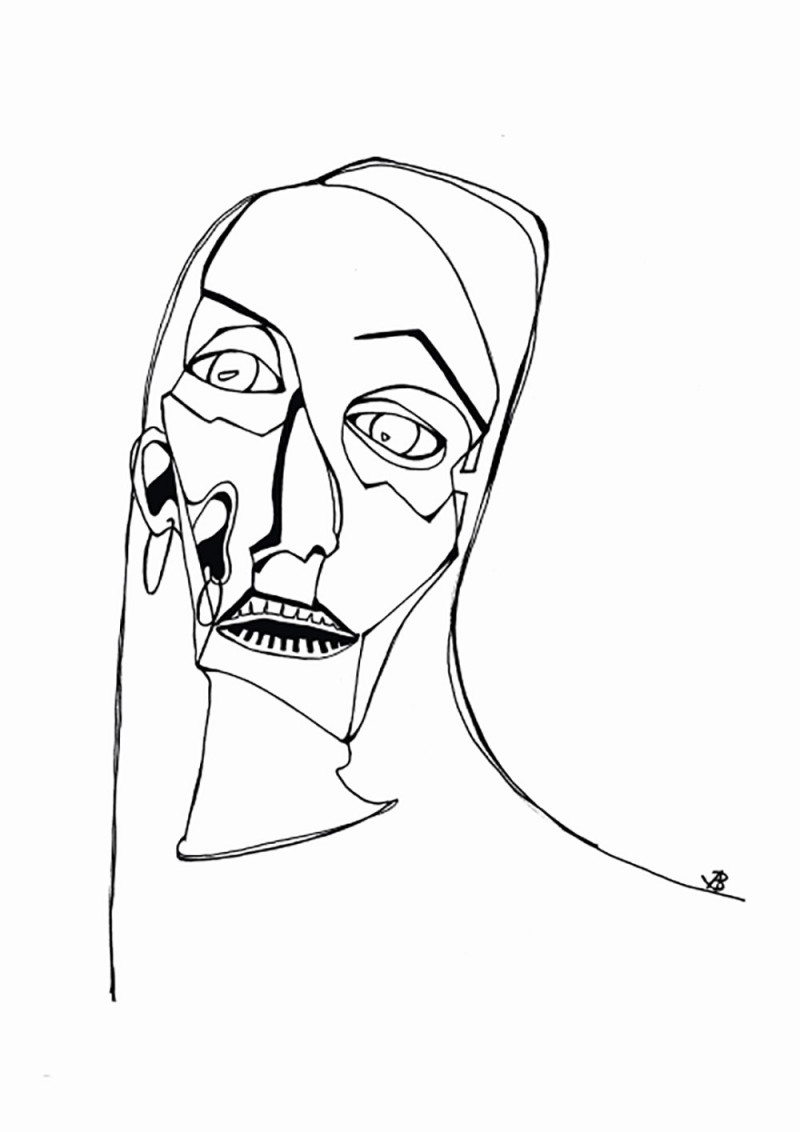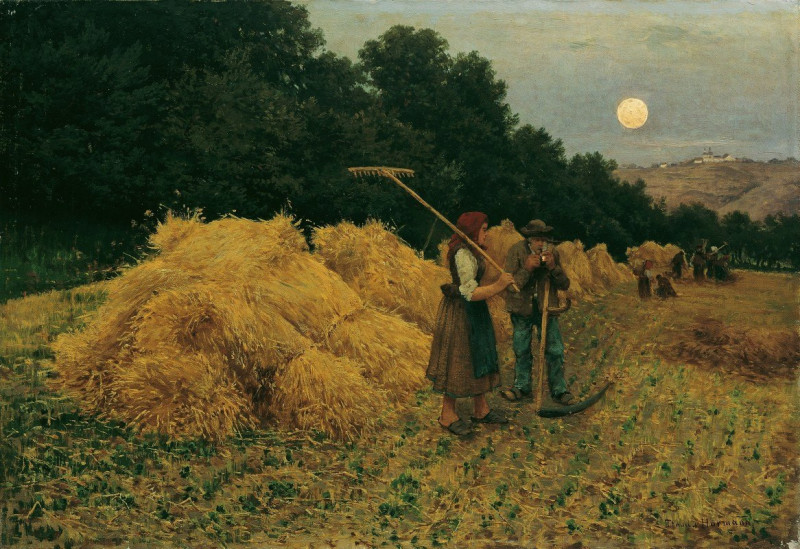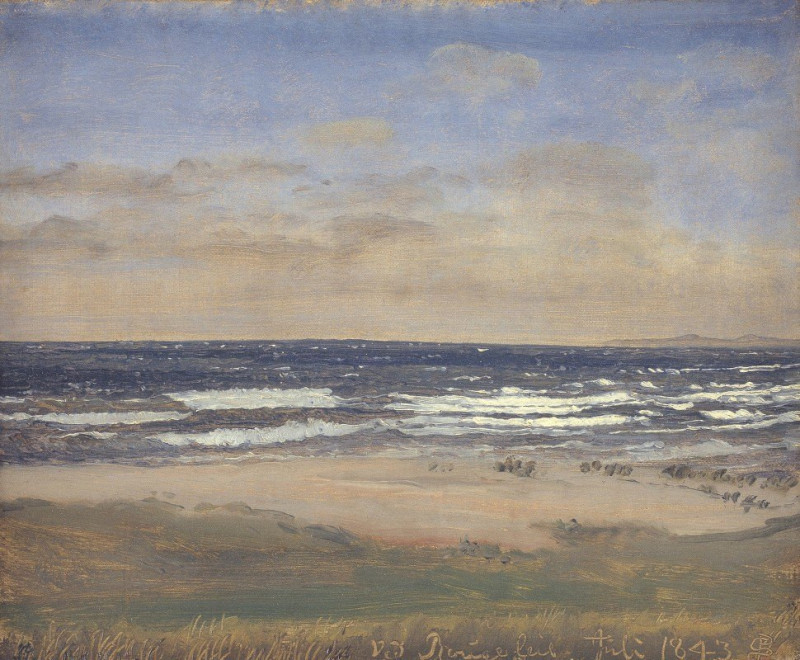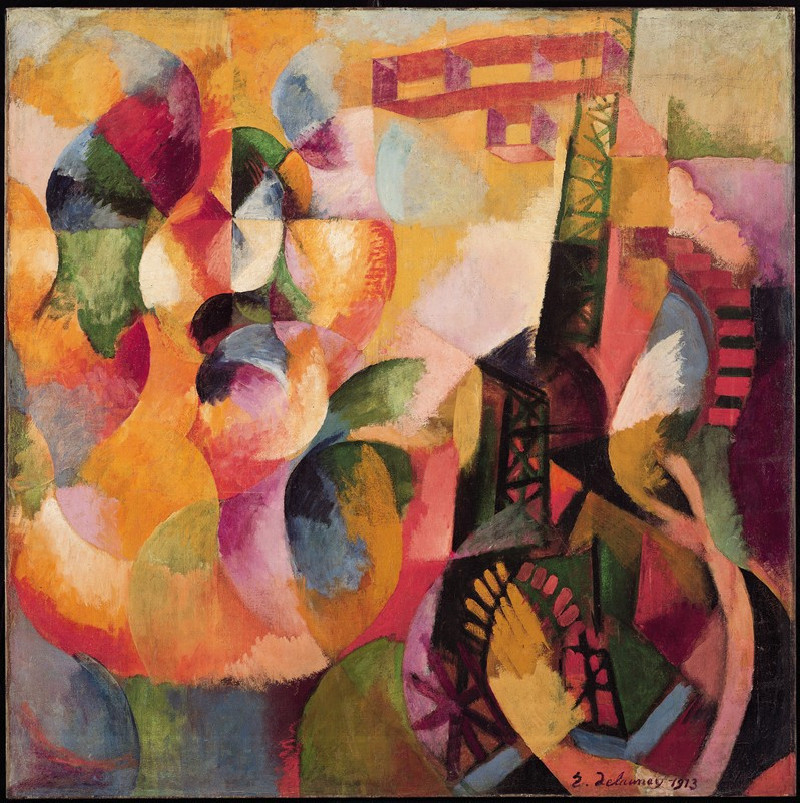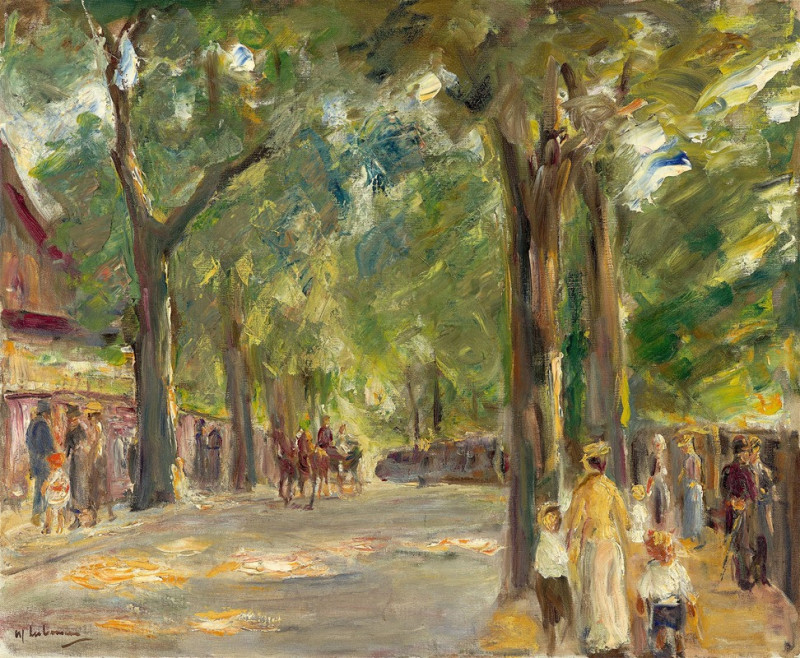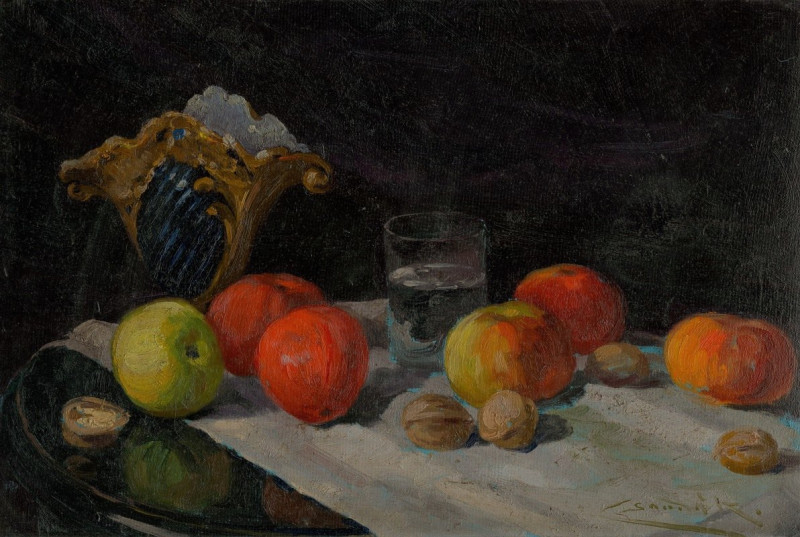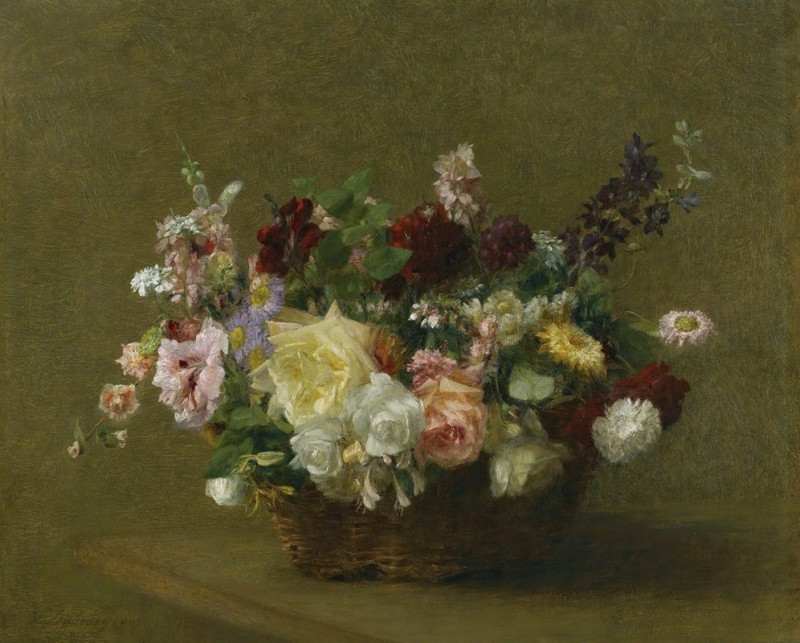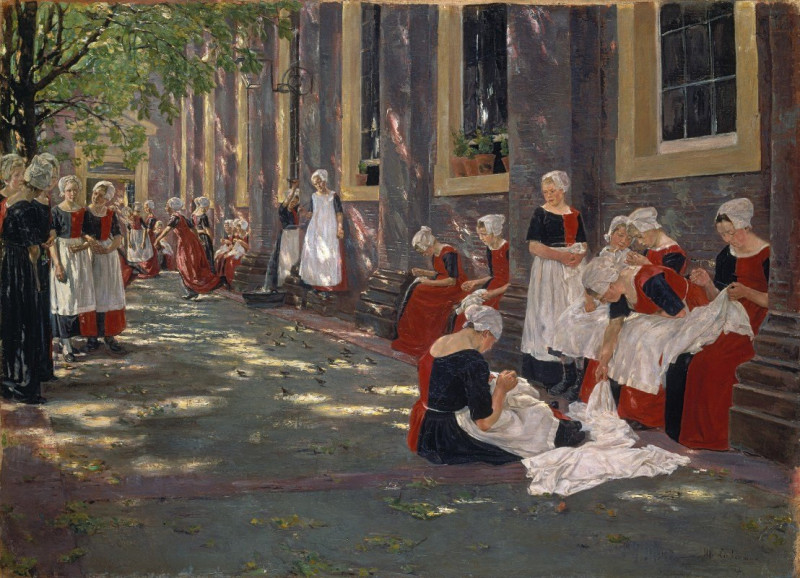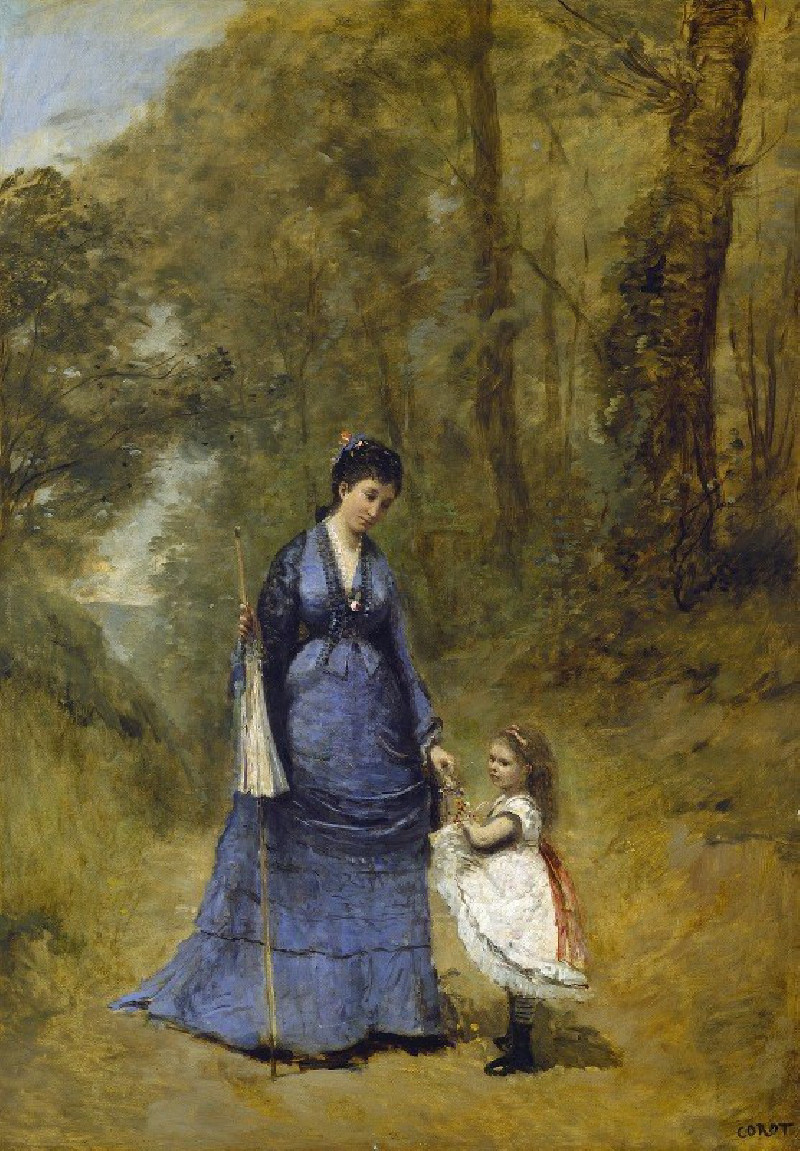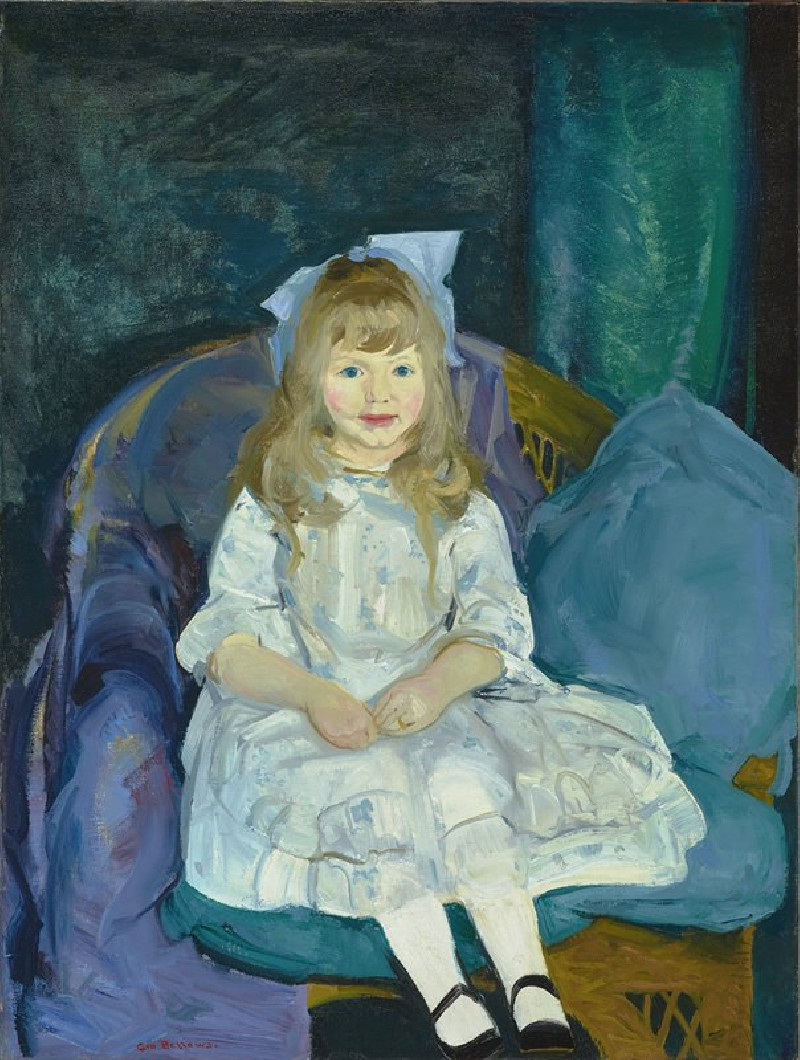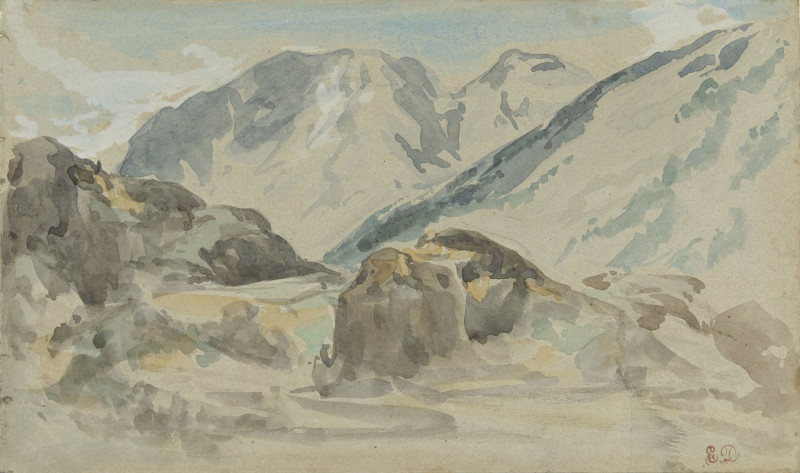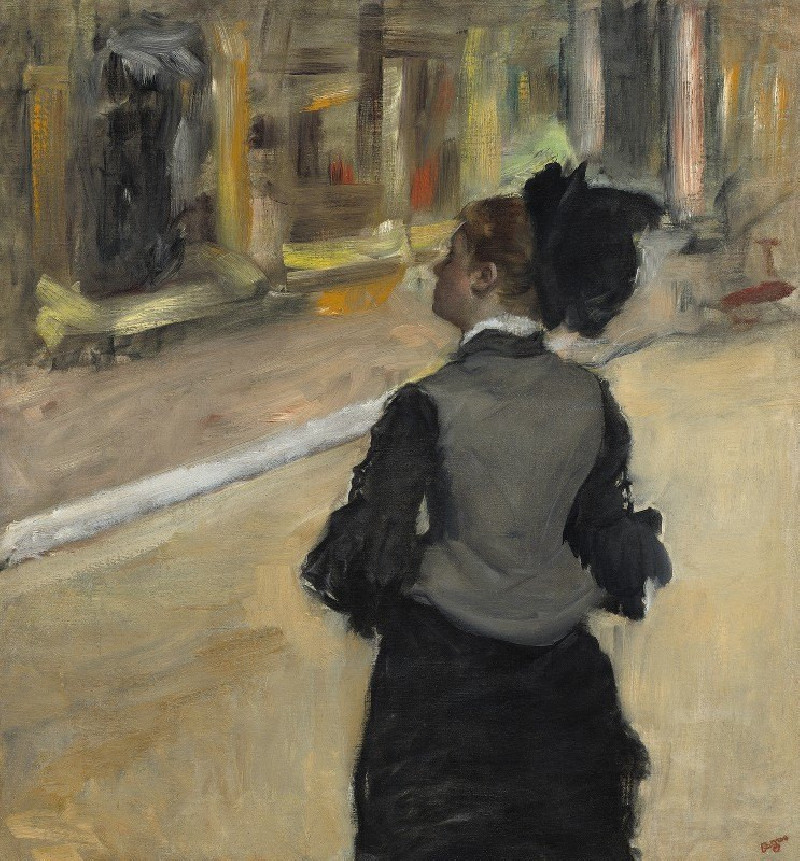Storm Wave (1939-40)
Technique: Giclée quality print
Recommended by our customers
More about this artwork
In the passionate embrace of turbulent waters and moody skies, Marsden Hartley's painting "Storm Wave" encapsulates the raw power and sublime beauty of nature in an unforgiving state. Created between 1939 and 1940, this striking piece of art stands as a testament to Hartley’s prowess in translating emotional intensity onto canvas, using the swirling currents of the sea as his muse.The painting presents an impressive wave that dominates the composition, its crest teetering on the brink of collapse. The wave is rendered with dynamic, thick brushstrokes in shades of white and gray, symbolizing its fierce, momentary presence against the permanence of the rocky shore beneath. These rocks, dark and stoic, are depicted with earthy tones and bold textures, grounding the tempestuous sea spray and foam that crash against and over them.In the backdrop, under a tumultuous sky that echoes the chaos of the sea, a lone sailboat appears almost ghost-like on the horizon. This small yet poignant detail adds a layer of vulnerability and daring human endeavor amidst the natural spectacle.Hartley's "Storm Wave" not only captures a specific moment in nature with emotional depth but also reflects the artist’s continual fascination with the elemental and eternal aspects of the world. This painting invites viewers to contemplate the majesty and menace of the sea, encouraging a deeper appreciation of nature’s dual capacity to inspire and overwhelm.
Delivery
Returns
Marsden Hartley (1877–1943) is a Maine native and a leading American Modernist painter, along with his contemporaries, Arthur Dove and Georgia O’Keeffe. He is well-known for employing geometric abstraction as well as bold colors and lines. His paintings depicted imagery of nature, landscapes, figures, and still-life. Sponsored by Alfred Stieglitz, Hartley went to Europe in 1912, spending most of his time in Germany, where he met Gertrude Stein, Wassily Kandinsky, and Franz Marc. After returning to America in 1930, he reconnected with the New England of his childhood and started to portray the landscapes of New England in his paintings.




